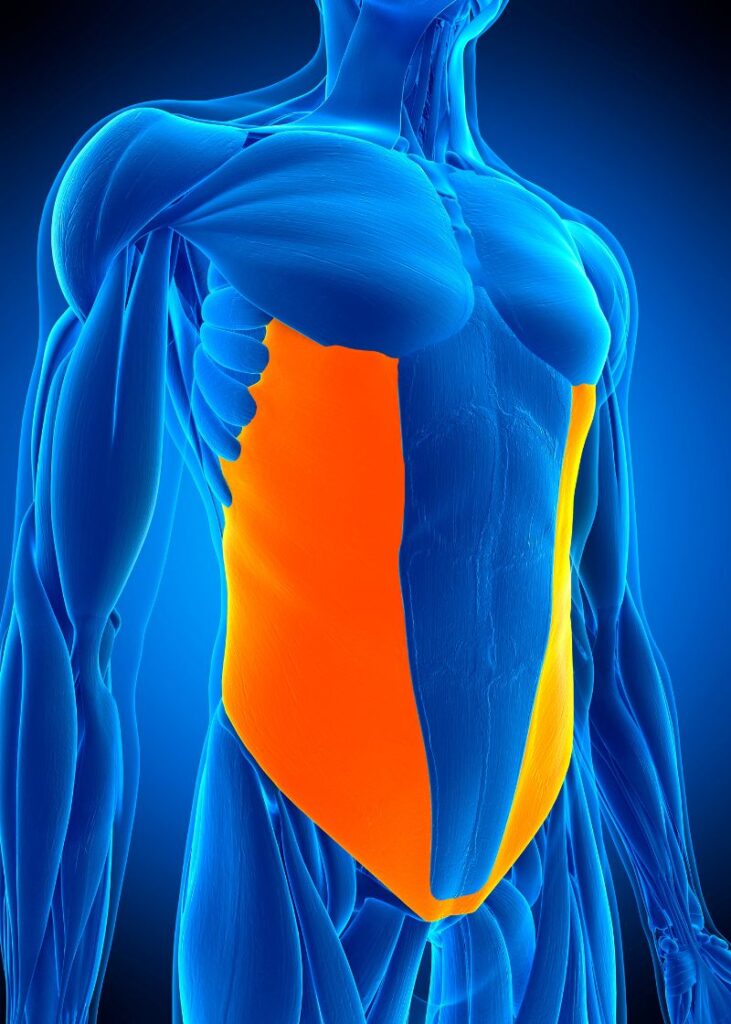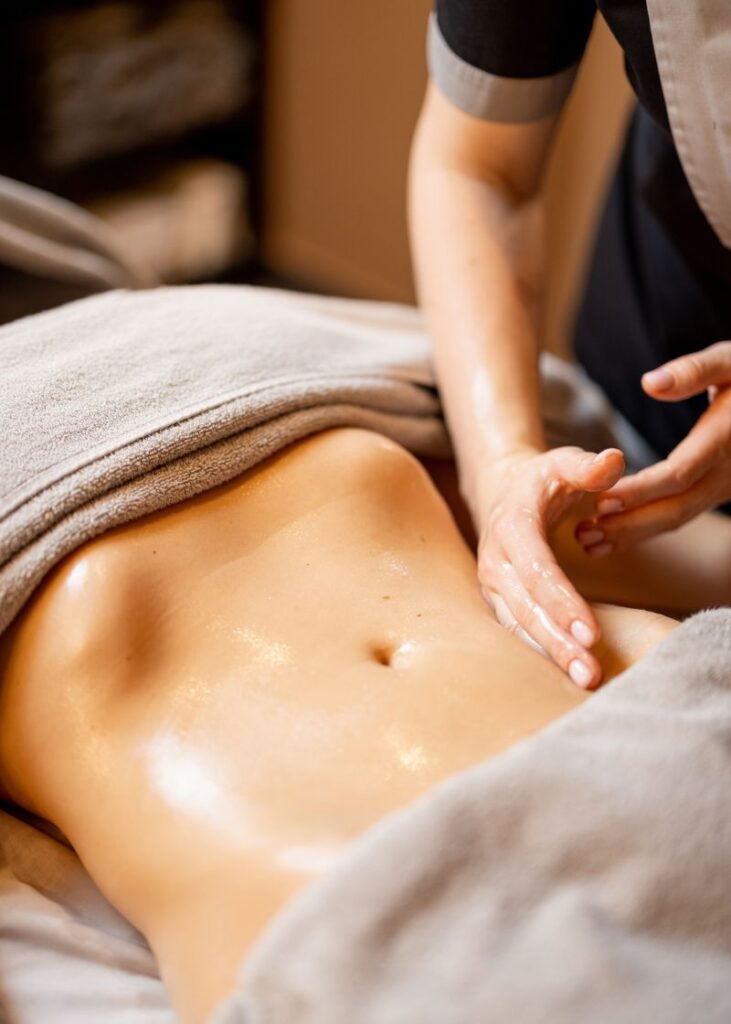Muscle Group of the Week: Lateral Abdominal Wall

Abs.
When we hear the word abs, we tend to think of that bumpy six-pack area situated vertically between the chest and the pubic bone. The structure you’re likely thinking of is the anterior abdominal muscle known as the rectus abdominis.
Rectus Abdominis
While the rectus abdominis is the main abdominal muscle, we’re going to save the anterior abdominal wall for another article. This time, we’re going to talk about the lateral aspects of the anterolateral abdominal wall.
From superficial to deep, your lateral abdominal wall muscles are: the external abdominal oblique; internal abdominal oblique; and transverse abdominis.
Lateral Abdominal Wall Muscles
What Do They Do?
All of your abdominal muscles are responsible for trunk movement, maintaining proper posture, and normalizing intra-abdominal tension.
Your external abdominal oblique, internal abdominal oblique, and transverse abdominis have more serious jobs to do too! They assist with forced exhalation, meaning they’re essential team members of your respiratory system. In the next section, we’ll talk about some of the lesser-known benefits of strengthening these expiratory muscles.
Let’s recap the functions of the three individual lateral abdominal wall muscles. Before moving on though, let’s be clear about the definitions of some of the terms you’ll be seeing below:
- Unilateral: Performed by one side
- Bilateral: Performed by both sides
- Ipsilateral: Occurring on the same side of the body
- Contralateral: Occurring on opposite side of the body
External Abdominal Oblique
- Bilateral contraction
- Trunk flexion
- Compression of abdominal viscera and maintenance of abdominal pressure
- Expiration while breathing
- Unilateral contraction
- Ipsilateral trunk flexion
- Contralateral trunk rotation
Internal Abdominal Oblique
- Bilateral contraction
- Trunk flexion
- Compression of abdominal viscera and maintenance of abdominal pressure
- Expiration while breathing
- Unilateral contraction
- Ipsilateral trunk flexion
- Ipsilateral trunk rotation
Transverse Abdominis
- Bilateral contraction
- Compression of abdominal viscera and maintenance of abdominal pressure
- Expiration while breathing
- Unilateral contraction
- Ipsilateral trunk rotation
Making it Strong
Remember when I said there were some lesser-known benefits of strong expiratory muscles?
Weak lateral abdominal wall muscles increase risk of abdominal hernias. Your abdominal walls are thick and tough in most areas, which is what keeps your abdominal contents in proper placement. An area of weakness can cause an abdominal organ to bulge through an opening in the muscle containing it. This creates a painful bump protruding from the side of the abdomen. Something as simple as coughing can cause a hernia if the abdominal wall muscles are critically weak.
Don’t let the information above scare you. Hernias are common and not usually dangerous. However, it’s rare for one to go away on its own and most require surgery.
So, what are some easy exercises that can keep the external abdominal oblique, internal abdominal oblique, and transverse abdominis in check?
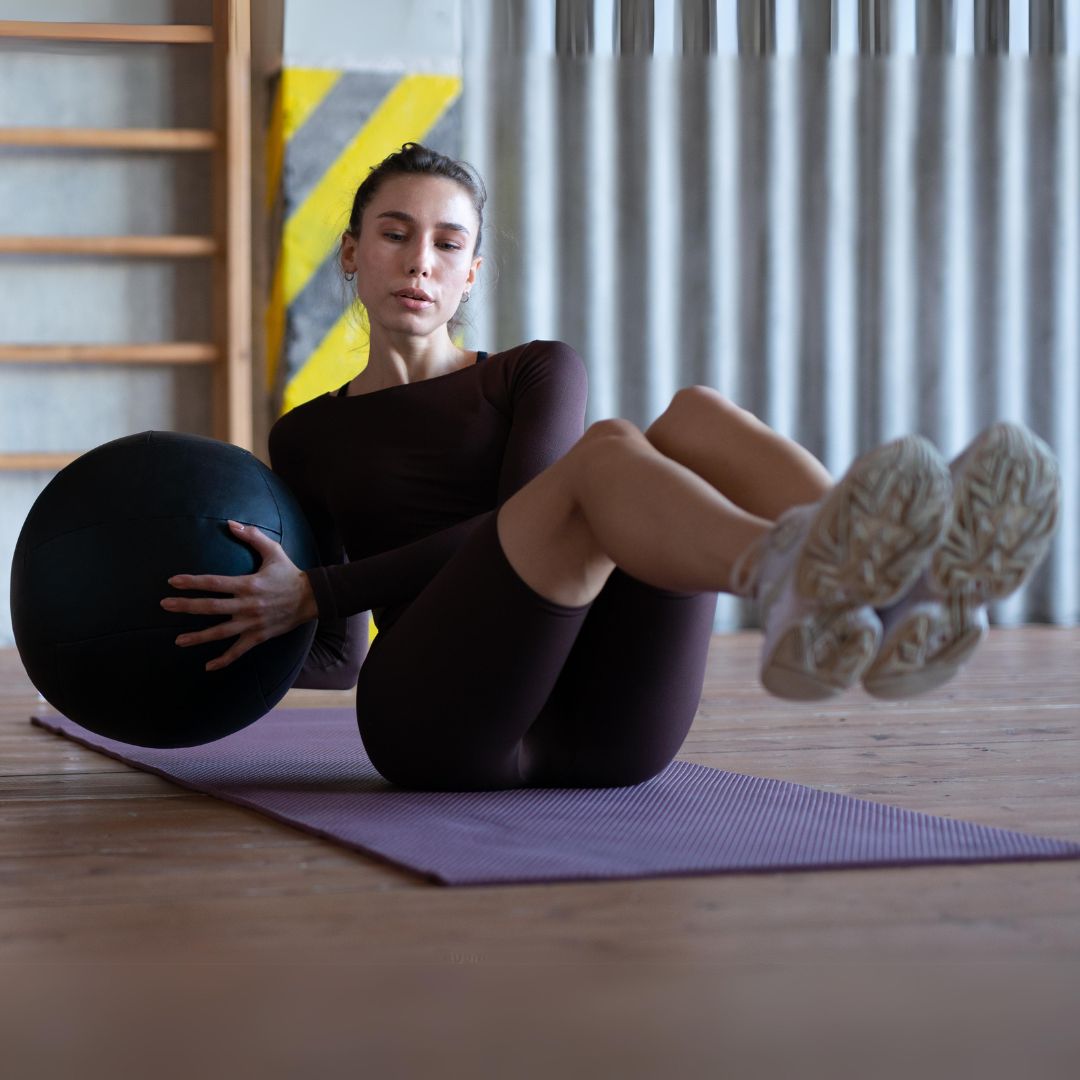
Russian Twists
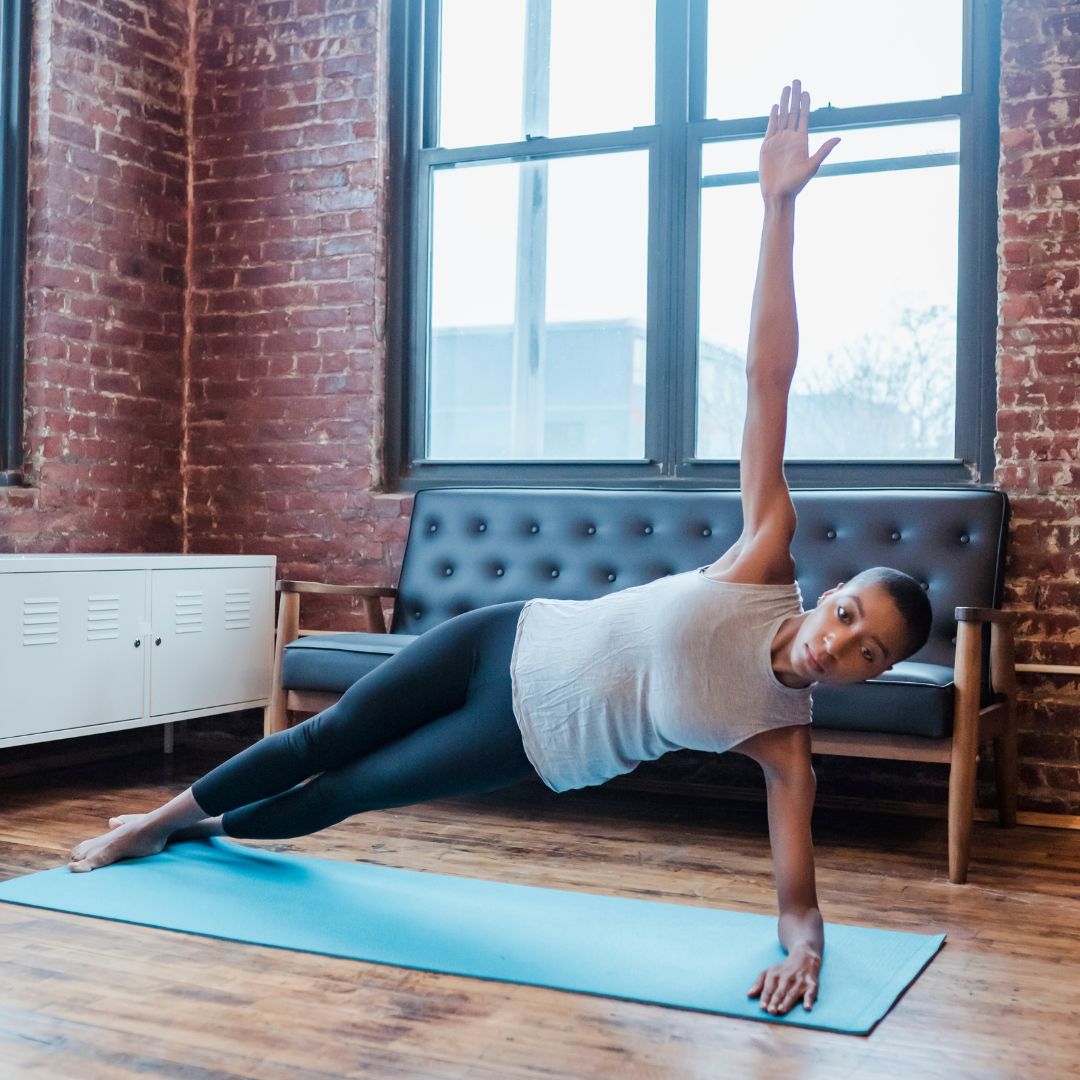
T-Plank

Side Plank Crunch

Metronome Oblique Exercises
The Best Stretches
You’ve done your lateral abdominal wall exercises and now you need to keep them flexible! This will reduce your chance of strain or injury to the area. Note that a strained lateral abdominal wall isn’t just debilitating for the muscles directly using it. It also impacts ambulatory motions such as walking and running – both of which cause movement in the torso.
What are some good stretches for keeping it all functioning optimally?
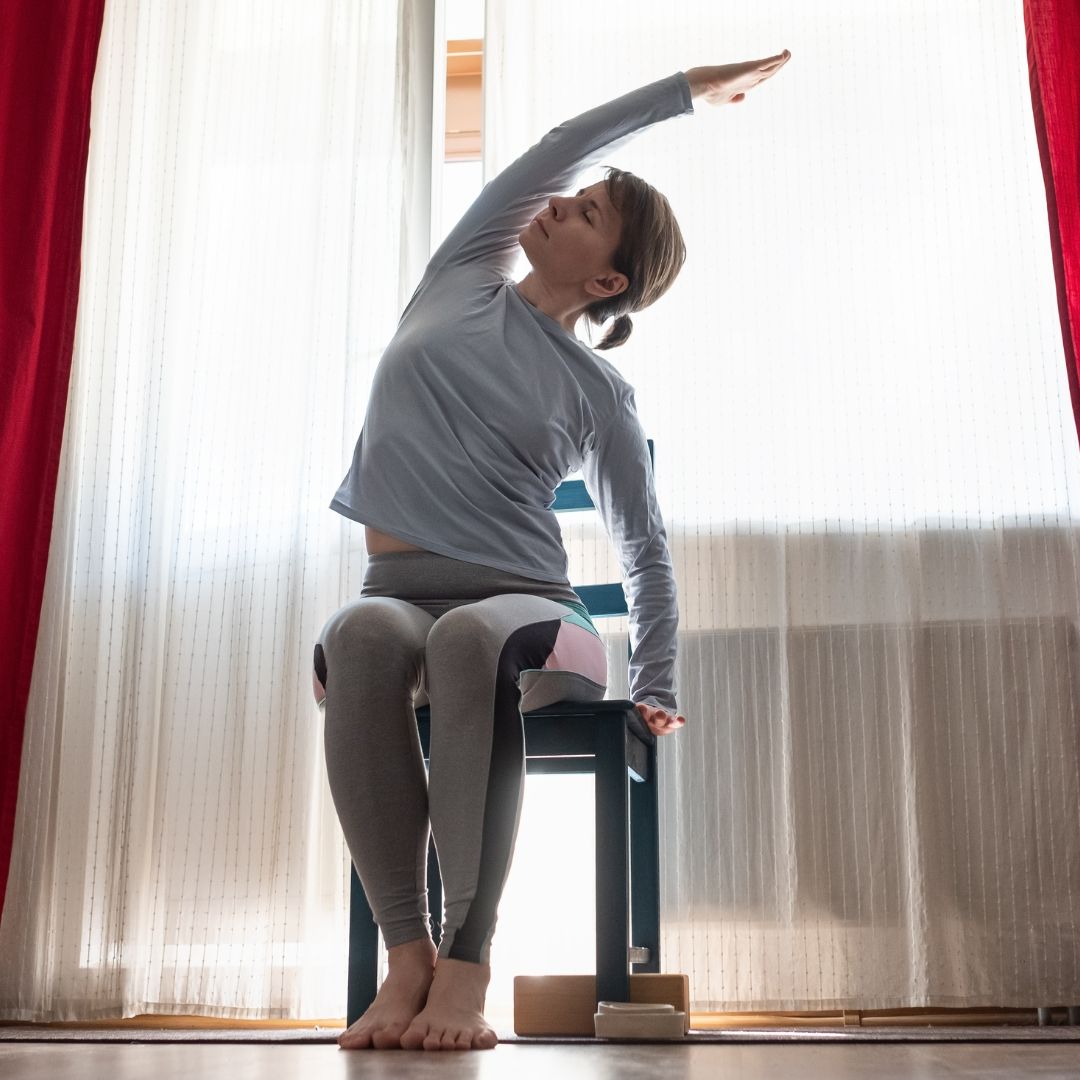
Seated Oblique Side Bend
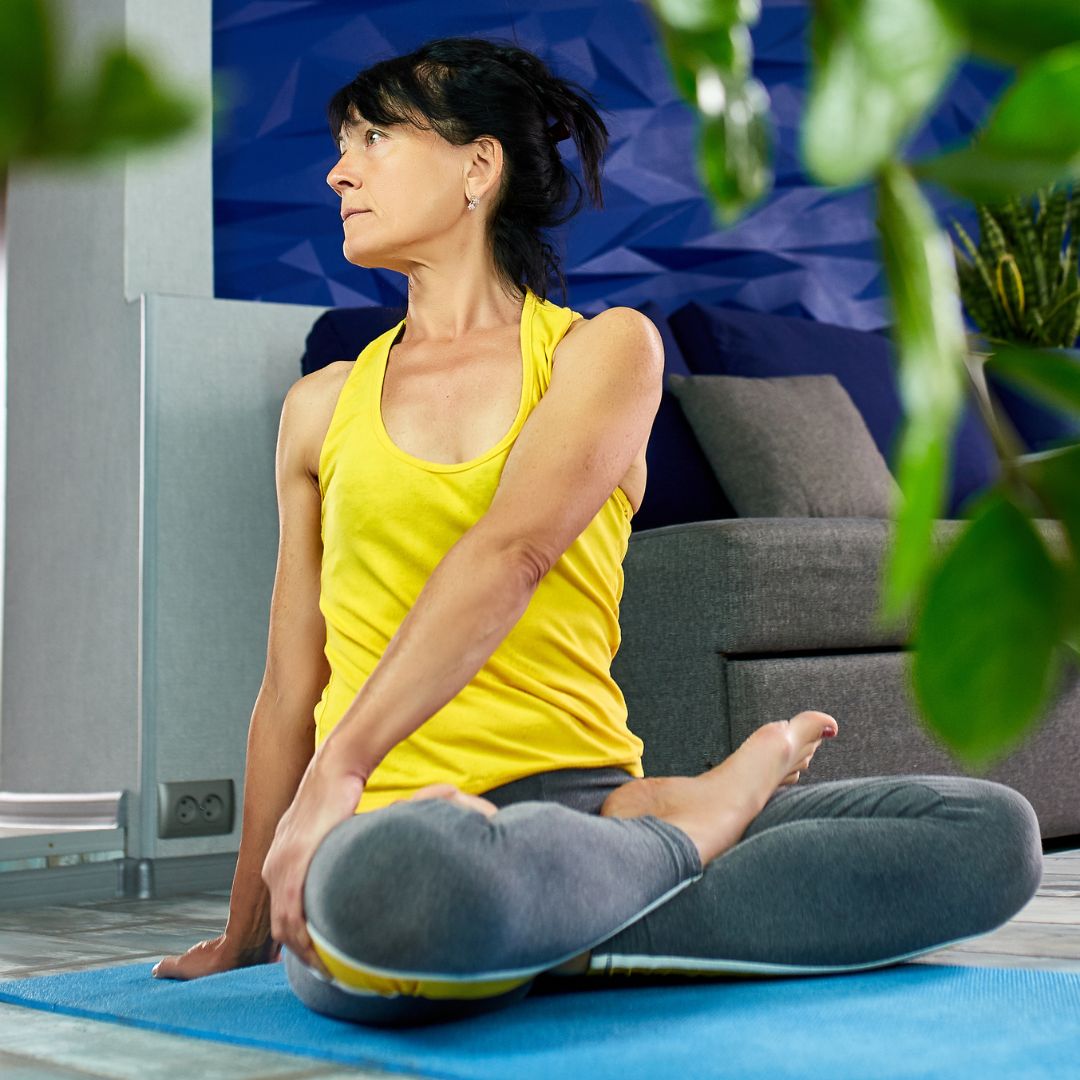
Seated Trunk Rotation

Side Stretched Lotus
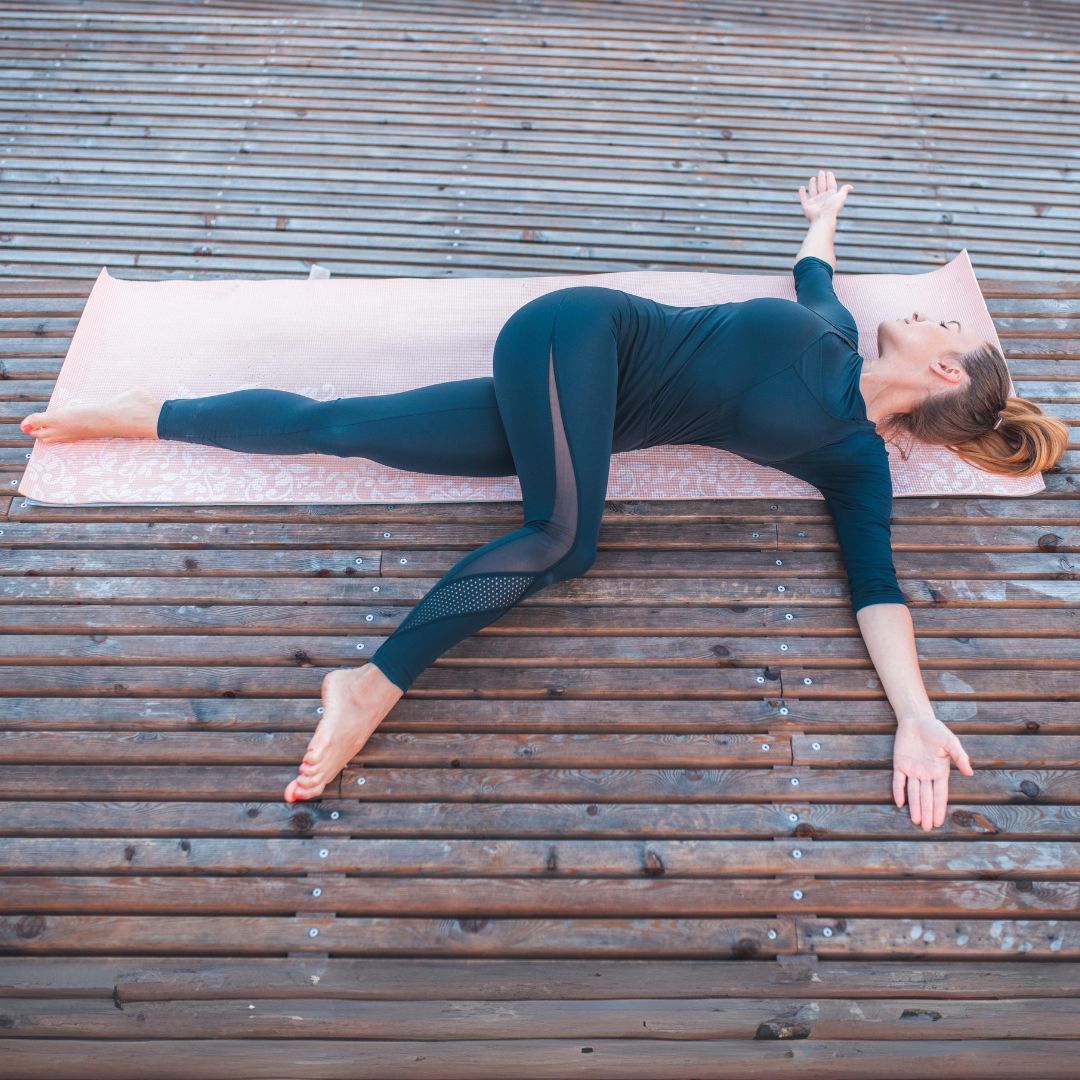
Supine Spinal Twist
Keeping it Happy
The lateral abdominal muscles, while easy for a therapist to reach while you’re prone and having your latissimus dorsi massaged, can often go under-treated when receiving bodywork. This is mostly due to the fact that the lateral abdominal wall can be more adequately treated while the patient is supine – which can be a little invasive, especially for female patients. Before you ask for an abdominal massage, make sure your therapist has a towel or extra sheet ready for covering your chest area.
It’s common for a therapist to apply heat to the abdominal muscles, as they’re likely to be tender. The heat will relax muscular knots, making the striations easier to break apart when the therapist massages the tissue. Heat is also helpful for patients who are unable to have their lateral abdominal muscles massaged – this isn’t rare, due to it being a commonly ticklish area.
Always remember, it’s important to treat other muscle groups affected by a tight external abdominal oblique, internal abdominal oblique, and rectus abdominis. The muscles responsible for trunk extension become overstretched and weak when the lateral abdominal wall locks itself short. After massage and/or heat application to the lateral abdominal wall, the massage therapist should address the following trunk extension muscles (which we will go into more detail about in another article): the erector spinae muscle group and quadratus lumborum.
Now You Know!
Maintain normal abdominal tension – your lack of hernias, good posture, and flexible trunk will thank you!
Next time, we’ll talk about the anterior aspects of the anterolateral abdominal wall: the rectus abdominis and pyramidalis!

Katrina Jenkins
Author, Licensed Massage Therapist
Katrina Jenkins graduated from Towson University in 2013 with a Bachelor’s Degree in Health Science and worked as a nurse’s aide briefly before pursuing her true passion. She graduated from the Massage Therapy Institute of Colorado in April 2016 with honors and completed the Touch of Healers Scholarship Program the following summer. She has been a part of the Moyer Total Wellness Team since the summer of 2017.
Resources
Asher, A. (2012). The Anatomy of the Latissimus Dorsi Muscle. [online] Verywell Health. Available at: https://www.verywellhealth.com/latissimus-dorsi-muscle-anatomy-297067.
Physiopedia. (n.d.). Latissimus Dorsi Muscle. [online] Available at: https://www.physio-pedia.com/Latissimus_Dorsi_Muscle.
Smith, M. (2013). Kenhub. [online] Kenhub. Available at: https://www.kenhub.com/en/library/anatomy/latissimus-dorsi-muscle.
Waehner, P. (2016). 16 Best Latissimus Dorsi Exercises. [online] Verywell Fit. Available at: https://www.verywellfit.com/great-mid-back-lats-exercises-1231482.
Photo Credit
Canva by A’s Images
Canva by malhrovitz
Canva by takoburito
Canva by interstid
Canva by Lunamarina
Canva by Rido
Canva by FatCamera
Canva by Jay_Zynism
Canva by DragonImages
Canva by mihailomilovanovic
Canva by microgen


